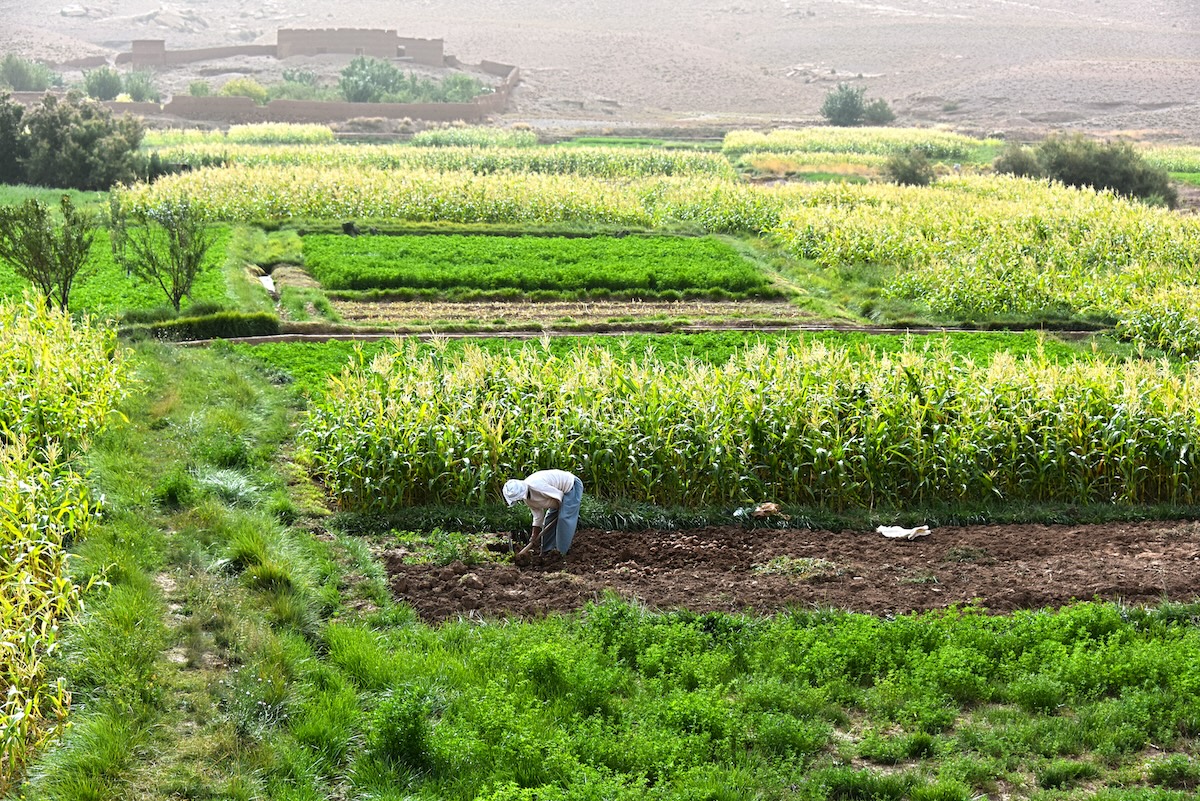The remittance companies which service the US-Somalia corridor ran into major difficulties this year. Merchant’s Bank of California, the last major bank to facilitate transfers to the remittance-dependent country, decided to close the accounts of its Somali clients following a cease-and-desist order from a US regulator. The decision was met by protest by NGOs, the Somali diaspora and US lawmakers. Several media outlets reported that the cost of sending money to Somalia had gone up and that it was getting more difficult to move money overseas.
It was a potentially cataclysmic event for the US-Somali remittance corridor. The difficult thing is that we have no idea how bad it got because, at the time, no one was gathering systematic data on remittance prices for this corridor.
The World Bank does maintain an impressively large database of remittance prices around the world, called Remittance Prices Worldwide, covering over 200 remittance corridors. It is a massive undertaking which involves surveying hundreds of remittance companies across 32 different countries roughly every quarter, but it turns out that the data only cover approximately half of the world’s remittances, even though the number of corridors covered has been slowly expanding every year. For Somalia specifically, while the database covers remittances from the United Kingdom, it only began surveying US firms this year, after the closure of bank accounts.
This is pretty dismal: we would be hard-pressed to trust the WHO if they announced a “global average life expectancy” figure which left out half the population. Yet the World Bank does just this by announcing a “global average cost of sending remittances” several times a year.
(Methodology note: For the past four years, the World Bank has produced a “Bilateral Remittance Matrix” which provides rough estimates of the relative size of these corridors. To determine how big a share of the world’s remittances are covered by Remittance Prices Worldwide, I merged the last four Bilateral Remittances Matrices with the price data to determine, for every dollar sent overseas, whether or not the price was available. The underlying data and .do files for this blog can be found here.)
The above figure focuses on all remittances, but we might care more about money sent to poor countries or those which are highly dependent on these flows. To investigate this, I’ve calculated an estimate of the Remittance Prices Worldwide coverage for the 20 most remittance-dependent countries (the dependency data is from 2013). Here, the World Bank fares much better for some of the most remittance-dependent countries, but there are still some significant gaps in coverage.
It may seem like I’m bashing the World Bank’s efforts, but in fact I see this as all the more reason to expand the role of Remittances Prices Worldwide in surveying more corridors, especially those which are highly critical for dependent countries, such as Somalia. Remittance Prices Worldwide plays an important role in measuring the drive to reduce remittance costs, including the G-20’s “five by five” commitment to reduce the average cost of sending remittances from 10 percent of the total cost down to 5 percent over five years. With an expanded database, we’d have a better idea whether such goals are actually being met and what the effects of de-banking really are.
In the meantime, we need to be more cautious about how we interpret these figures, because across many corridors they only represent a subset of the prices which migrants are paying to send money back home.
CGD blog posts reflect the views of the authors, drawing on prior research and experience in their areas of expertise.
CGD is a nonpartisan, independent organization and does not take institutional positions.





